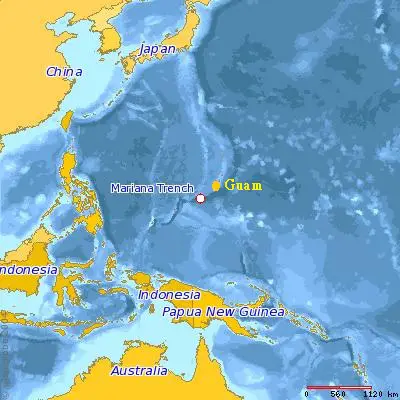Wärtsilä said that the systems have been ordered for ships being built at yards in China, including a RoRo ferry, two RoPax, six tankers, and four container vessels. Ship owners are also increasingly requesting quotations for their existing sailing fleet, the company added.
The demand for BWMSs is rising as owners work to make their vessels compliant with the Ballast Water Management Convention regulations that entered into force in September 2017 for all new build vessels. The convention aims at preventing the spread of harmful aquatic organisms from one region to another, and at halting damage to the marine environment from ballast water discharge.
For a vessel to be compliant with the IMO’s Ballast Water Management Convention, owners have to install a BWMS at the next special survey of the vessel after September 8, 2019. This essentially gives a five-year window for retrofits between September 2019 and September 2024, depending on when the special survey is due.
“This continued strong demand is a very positive verification of the efficiency, reliability, and robustness of the Wärtsilä Aquarius systems. Owners around the world recognize the fact that our BWMS solutions, which are backed by Wärtsilä’s extensive global service support network, provide assurance that their vessels can fully comply with the regulations, even with varying levels of water quality,” says Arto Lehtinen, Director, Water, and Waste, Wärtsilä Marine.
The Wärtsilä Aquarius UV (Ultra-Violet) BWMS has been submitted for US Coastguard (USCG) Type Approval. This follows the International Maritime Organization’s (IMO) Type Approval granted in 2012. The company’s alternative BWMS technology, the Wärtsilä Aquarius EC (Electro-Chlorination), was granted USCG Type Approval in August 2018, and IMO Type Approval in 2013.
Press Releases: Wartsila
Photo Courtesy: Wartsila
The post Wartsila Reveals Strong Demand for Its Aquarius UV BWMS appeared first on Maritime Manual.
from WordPress http://bit.ly/2UbRP4b

No comments:
Post a Comment